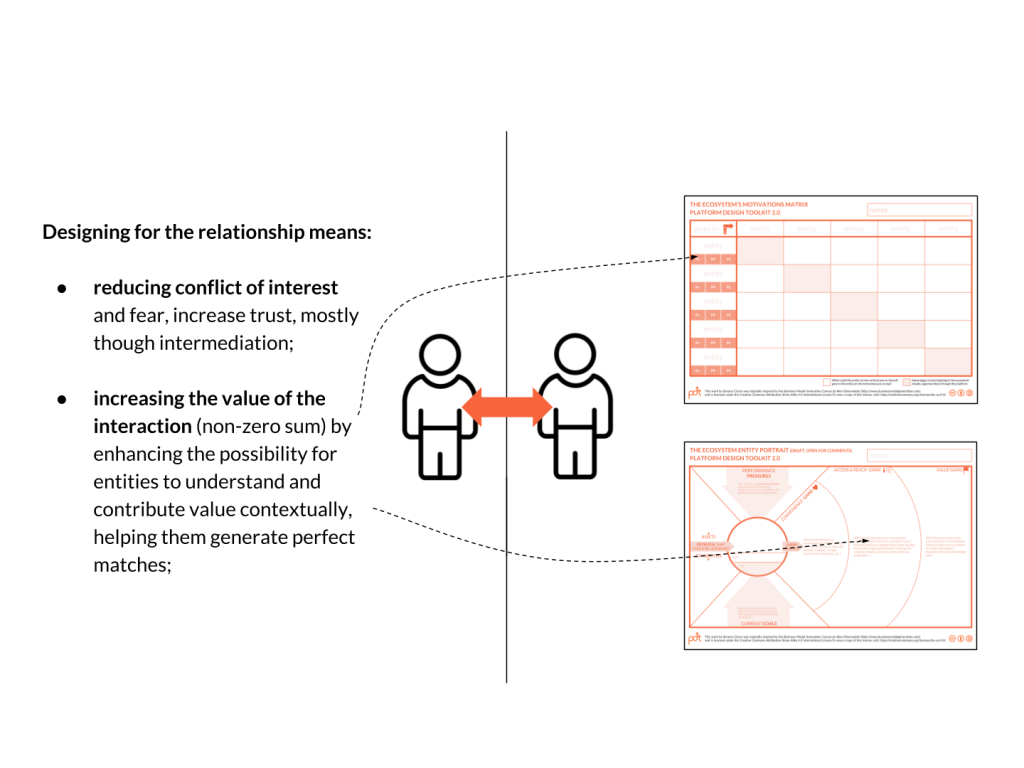Cultural entities encompass a sophisticated web of individual interactions, associations, and interconnectedness that collectively type the fabric of societies. At their core, the idea of social entities acknowledges that persons don’t occur in solitude; somewhat, they’re built-in aspects of a broader network designed by cultural, familial, and societal factors. That elaborate tapestry of contacts extends beyond pure personal relationships, encapsulating the many groups, towns, and institutions to which persons belong.
Knowledge cultural entities involves delving in to the dynamics of human conversation and the reciprocal impacts that form behavior, beliefs, and values. These entities range between small, personal circles such as for example people and pal teams to greater societal structures like academic institutions, workplaces, and national organizations. Each social entity represents a distinctive role in shaping an individual’s personality and influencing their worldview.
The exploration of social entities usually requires learning the collective norms, rituals, and provided activities that join individuals together. These entities offer as tools for socialization, giving contexts wherever persons understand, collaborate, and begin a feeling of belonging. Essentially, social entities will be the building blocks of neighborhoods, contributing to the forming of collective identities and the indication of ethnic history across generations.
As social beings, humans steer a sophisticated interaction of associations within these entities, fostering an expression of community, help, and provided purpose. The relationships shaped within social entities subscribe to the progress of cultural capital—a valuable source that facilitates cooperation, relationship, and over all societal well-being. From the microcosm of personal romances to the macrocosm of global communities, cultural entities shape just how individuals comprehend themselves and their tasks in the broader human tapestry.
Moreover, social entities aren’t fixed; they evolve as time passes, sending societal changes, technological developments, and shifting social landscapes. The interconnected nature of cultural entities becomes especially evident in the electronic era, wherever on line neighborhoods and electronic communities boost the possibilities for connection and influence.
The study of social entities is multidisciplinary, drawing ideas from sociology, psychology, anthropology, and other fields. Analysts investigate issues such as for instance cultural personality theory, social support systems, and class makeup to solve the complicated habits of individual association. By evaluating the structures and features of cultural entities, scholars get a deeper Dịch Vụ Entity of societal traits, collective behaviors, and the impact of social entities on personal well-being.

In conclusion, cultural entities function while the foundational elements of human organizations, encompassing the complex relationships and networks that bind persons together. The exploration of these entities involves delving into the character of human conversation, understanding the influences that form our identities, and realizing the critical role they play in fostering a sense of neighborhood and belonging. As our comprehension of cultural entities remains to evolve, it gives valuable insights in to the complexities of human contacts and the methods by which we collectively form the entire world we inhabit.